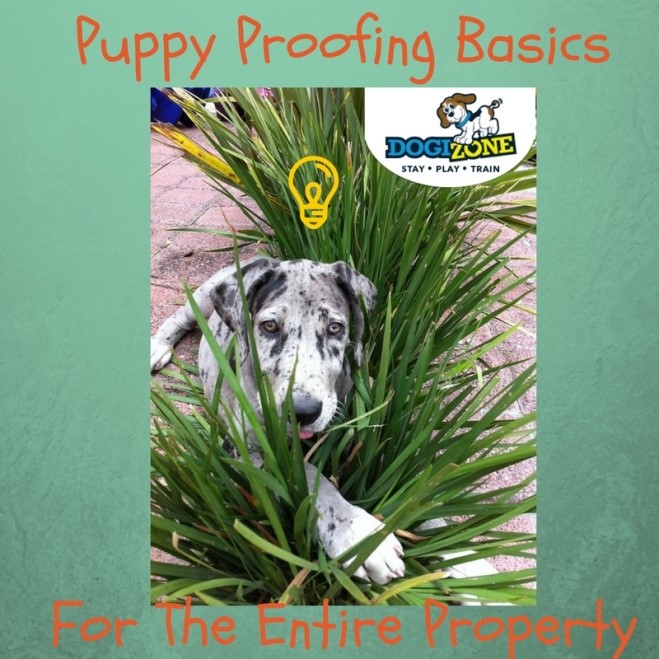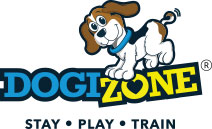Pet Proofing Basics For Entire Property
The Importance of Pet Proofing Your Home
 A new puppy in the family is an exciting time. New puppies and puppies as they grow become more active, more curious and more adventurous, often getting into things that owners may not have even considered a risk.
A new puppy in the family is an exciting time. New puppies and puppies as they grow become more active, more curious and more adventurous, often getting into things that owners may not have even considered a risk.
It is a good idea to spend some time before the arrival in pet proofing your property. This includes your home, yard, garage and other outdoor spaces before the puppy arrives. By taking the time to look for potential dangers you can reduce the risk of injury to your puppy and also decrease the damage to your things.
The House
The interior of the home is full of things that puppies are going to find fascinating. It is a good idea to start with the puppy in a small area of the home that can be managed. Try to keep this as a central area, so the puppy is a part of the family. Make sure this area is “home” for the puppy with his or her bed, kennel or crate (if you are crate training), water, food and some safe, appropriately sized dog toys. Puppy pads can be used to signal the puppy this is where he or she needs to go to the bathroom, which is an early transition training to full outside access if this is not possible.
You may want to consider an indoor puppy pen. This is a great way to limit the area that the puppy has access to but also allows you to move it with you. Of course, the puppy will only need to be in the pen or the puppy room when you are not able to supervise.
Some basic tips for when the puppy is out and about include:
- Remove all hanging or dangling items such as electrical cords, blind and curtain pulls, anything with tassels
- Remove any food items from coffee tables and end tables such as candy dishes
- All plants should be put up on tables or out of the area where the puppy will roaming free
- Remove all cleaning products or place locks on cupboards containing these items
- Finally, make sure to remove all pillows, shoes, remote controls, cell phones, magazines or anything else a puppy may see as something to chew
- Use baby gates or puppy gates at the top or bottom of the stairs and to keep puppies out of any rooms that can’t be puppy-proofed.
It is a good idea to get down on the floor, puppy level, and see what might be appealing. This will help you to find potential issues you may not have considered.
The Yard and Garage
There are typically fewer problems with the yard or garage. However, there is often a greater risk with poisoning if the puppy gets into things in these locations. To get started, make sure the following is completed:
- Fence off or remove any poisonous bushes, plants, flowers or shrubs in the yard so the puppy cannot access branches, leaves or flowers.
- Check the fence and repair any damaged areas or spaces under or within the fence that a puppy would find a good place to try to get out.
- If the puppy is a digger, consider using a landscaping skirt along the base of the fence to discourage digging.
- Remove all cleaners, vehicle fluids, and chemicals, including fertilizers, herbicides or pesticides from garages and sheds. Keep them in secured storage areas or bins.
- If you have a dog or if there are kids in the family, remove all dog toys or kid‘s toys from the yard. Kid’s toys often have small parts that pose a choking risk for a puppy and old dog toys may also be damaged.
While your new puppy may be able to play with existing dog toys, check the toys for any signs of wear. It is also important to make sure your current dog is fine with sharing before leaving them out together with the toys.
